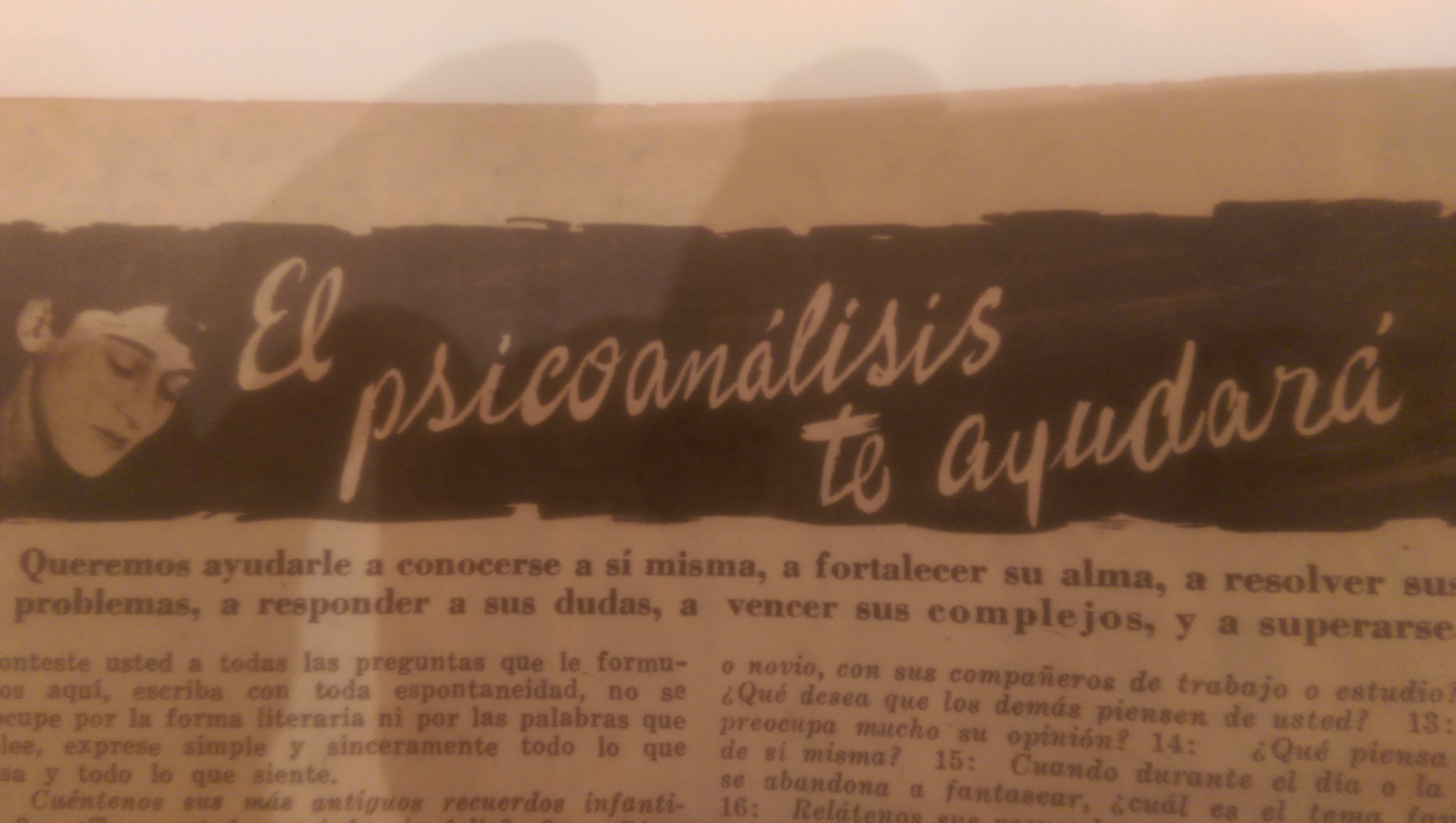Earlier this month I wrote a blog post comparing the contexts of leísta and non-leísta pronoun usage in Jordi Sierra’s Cuatro días en enero. At least in the first few chapters of this book, masculine human direct objects of physical verbs tended to be expressed with lo and los, and objects of other verbs (mostly verbs of cognition) with le and les. Here is the verb table from that post. Since then, I’ve dusted off my virtual pile of leísmo readings to check for anything written about the relationship between verb choice and leísmo. This literature search came up almost dry: research on the semantics and leísmo uniformly refers to the semantic properties of nouns rather than verbs. One property that comes up frequently in the literature is whether an direct object expresses discrete, or countable, items (like cars) or non-countable materials (like sugar). Another, discussed in a 1974 paper by Erica García and Ricardo Otheguy, is relative strength, or activity. García and Otheguy suggest that le is chosen when a verb’s direct object is “stronger”, or more active. For example, they give the example of María le llora ‘Mary complains to him’, whose object “him” (a living person) is more active than the corpse in María lo llora ‘Mary mourns him’. This reminded me of Jon Aske’s comment on my original post, that “leísmo is used to add a nuance to the sentence, primarily having to do with human objects that are highly involved in the action or that something is being done for them, as opposed to to them.”
Since then, I’ve dusted off my virtual pile of leísmo readings to check for anything written about the relationship between verb choice and leísmo. This literature search came up almost dry: research on the semantics and leísmo uniformly refers to the semantic properties of nouns rather than verbs. One property that comes up frequently in the literature is whether an direct object expresses discrete, or countable, items (like cars) or non-countable materials (like sugar). Another, discussed in a 1974 paper by Erica García and Ricardo Otheguy, is relative strength, or activity. García and Otheguy suggest that le is chosen when a verb’s direct object is “stronger”, or more active. For example, they give the example of María le llora ‘Mary complains to him’, whose object “him” (a living person) is more active than the corpse in María lo llora ‘Mary mourns him’. This reminded me of Jon Aske’s comment on my original post, that “leísmo is used to add a nuance to the sentence, primarily having to do with human objects that are highly involved in the action or that something is being done for them, as opposed to to them.”
However, García and Otheguy also relate the le/lo choice to the properties of subjects, suggesting that le is chosen when a verb’s subject is “weaker”, or less active. For example, they contrast:
- No hagas ruido, niño, que le molesta a su padre ‘Don’t make noise, child, because it annoys your father’
- No hagas ruido, niño, que lo molesta a su padre ‘Don’t make noise, child, because you’ll annoy your father’.
As is typical in gustar-type sentences, the subject of sentence #1 (“noise”) is not an active participant. In contrast, the subject in sentence #2 (the child himself) is only too active!
This distinction might help to explain the division between le and lo verbs in the table above. Someone who eludes, finds, kills or unites (verbs from the second column of the table) is surely a stronger, or more active, subject than someone who merely sees, asks, or needs (first column). This might be a fruitful topic for a Spanish linguistics dissertation, if anyone is looking…




